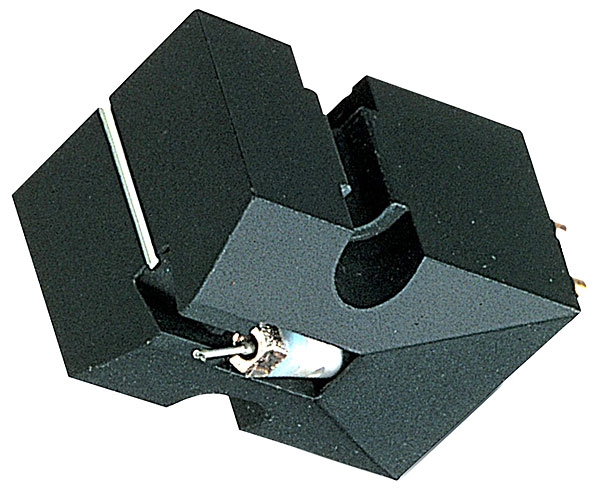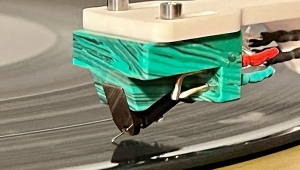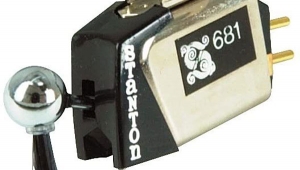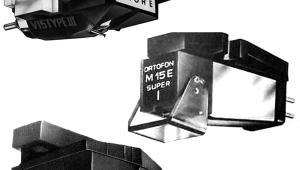| Columns Retired Columns & Blogs |
as early as '75! Wow.
I was just wondering what the magic on that archaic, little beast was all about. I can guess now. I am also assuming impact and vivid midrange rule the day as well. Prolly what the Zu does so well on steroids.
Hmm... I assume a LOT.







































